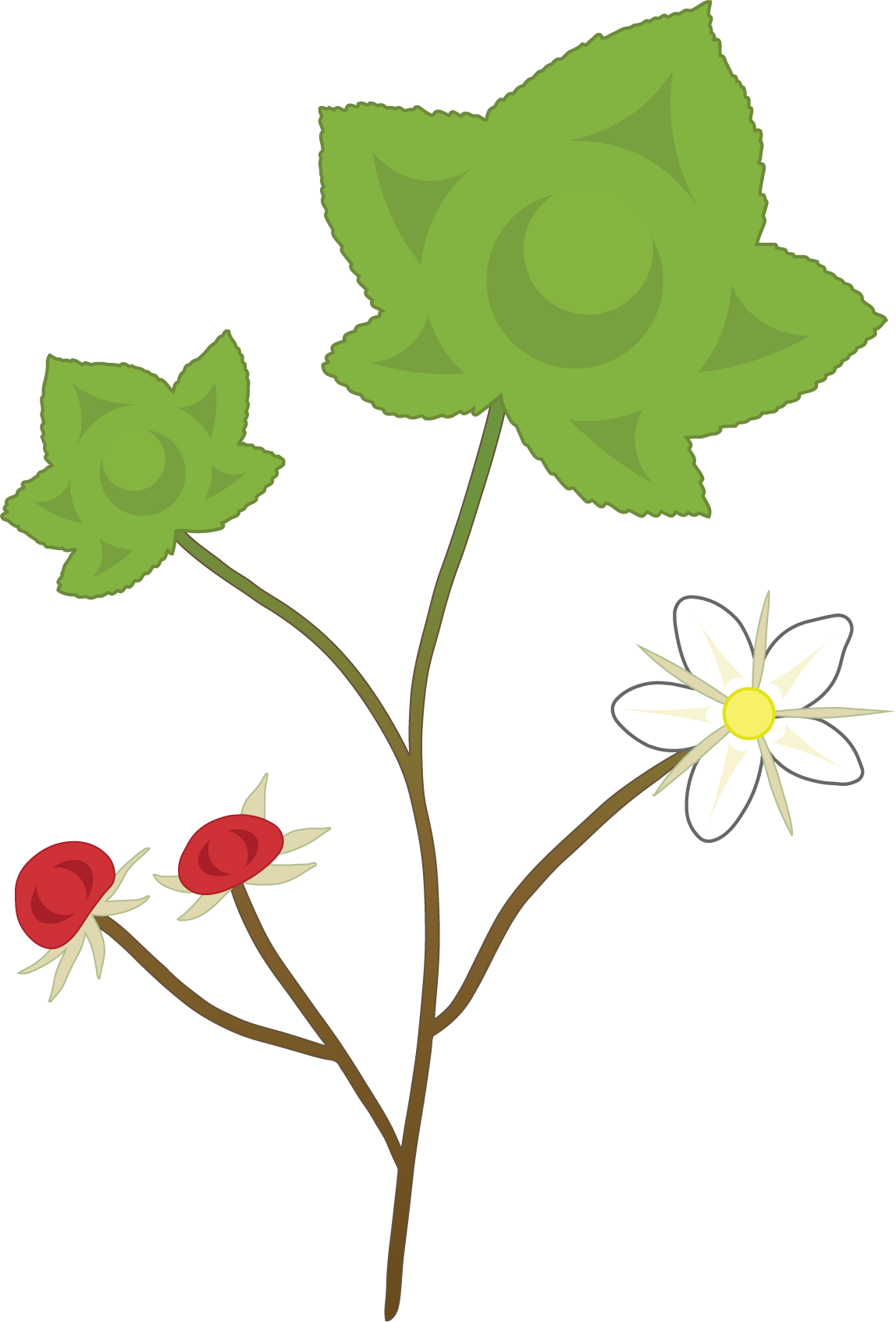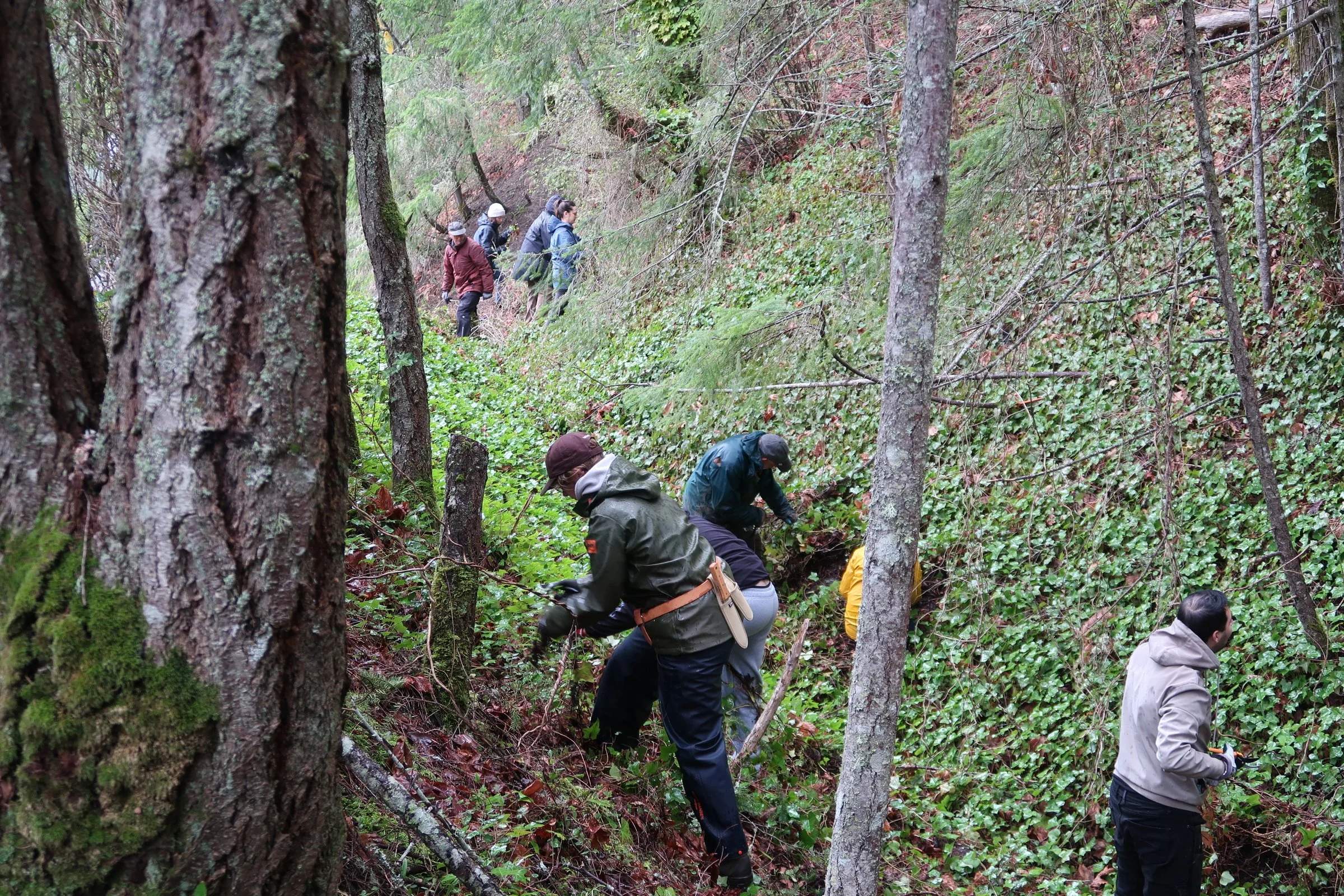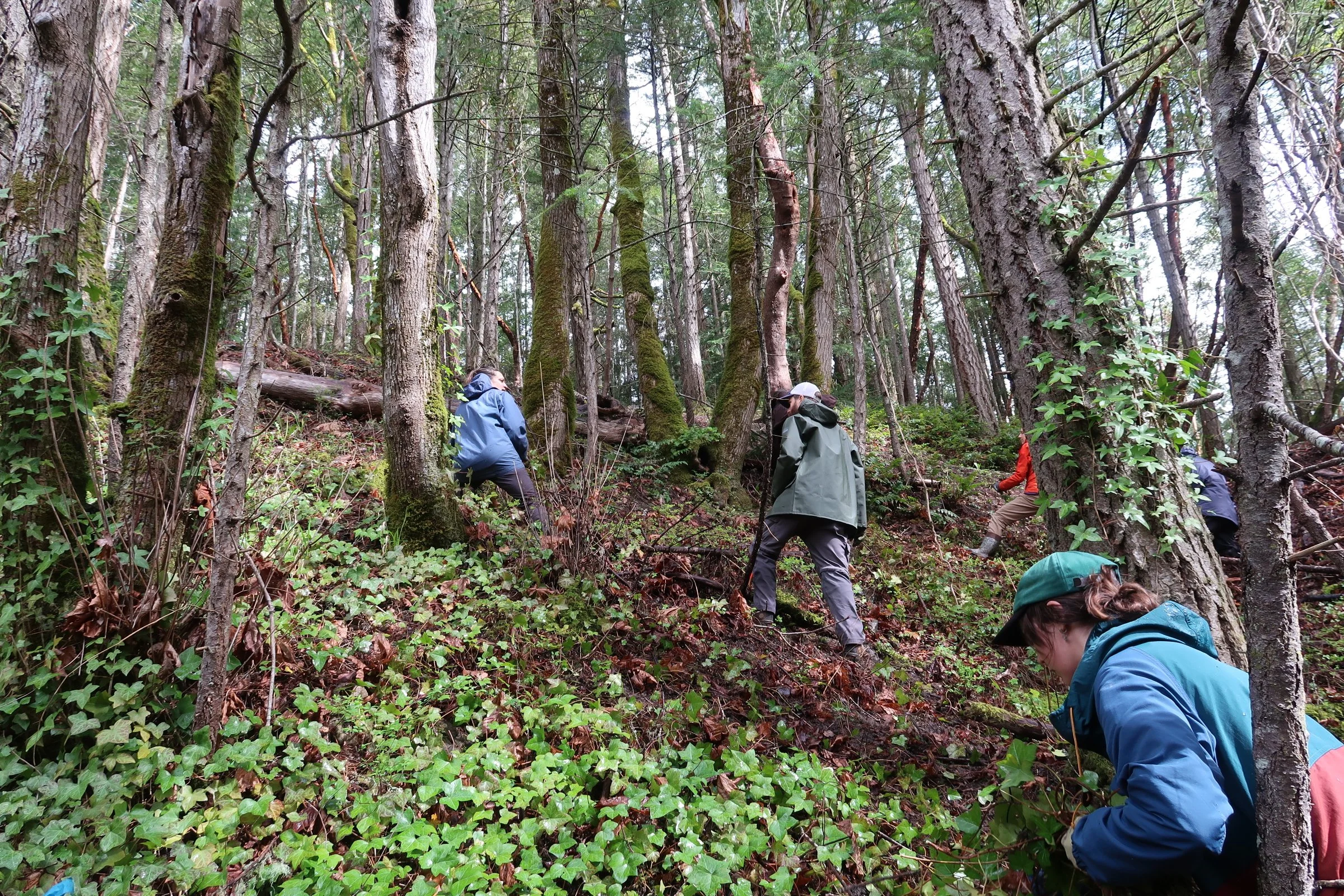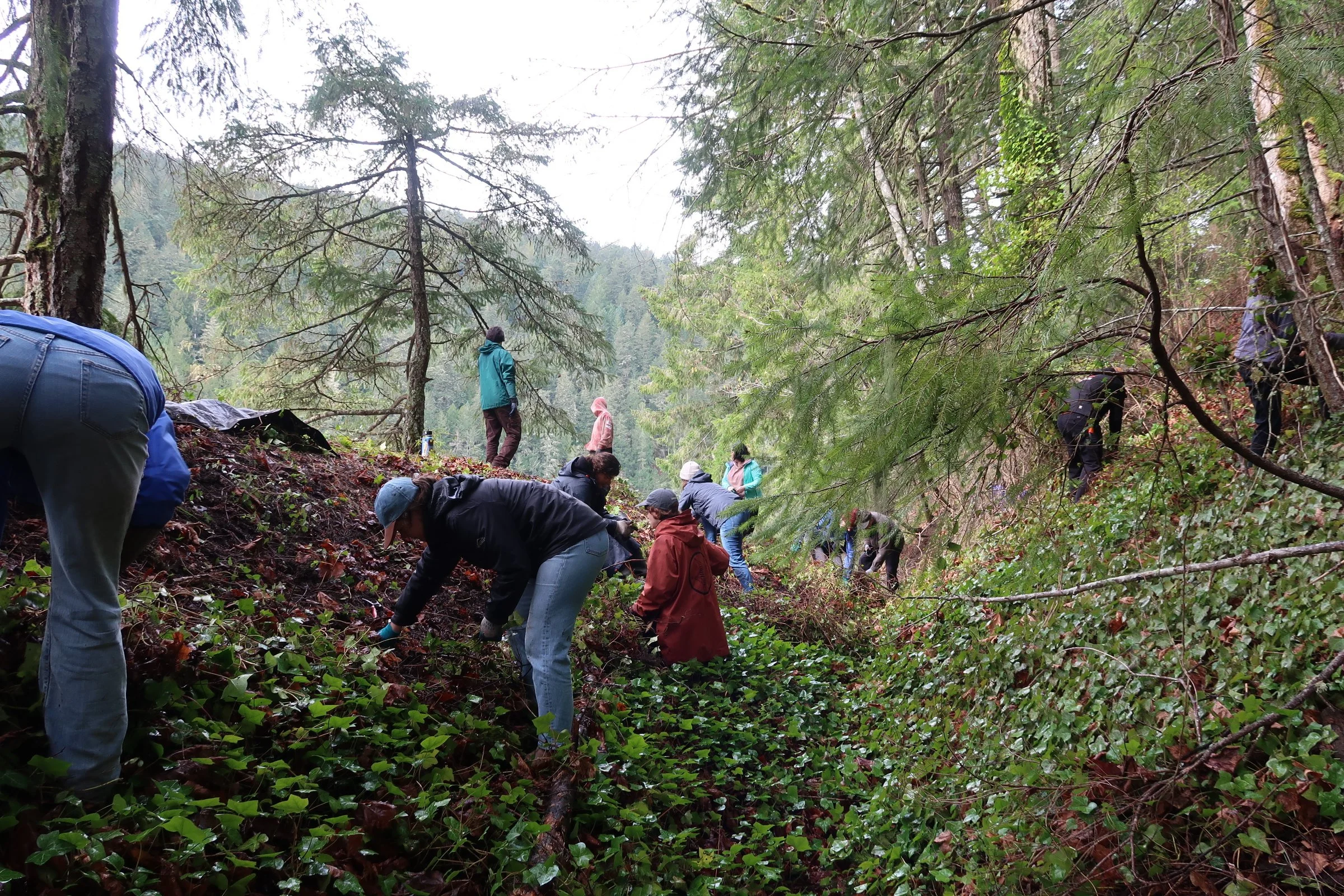HAT's 13 W̱SÁNEĆ ȽḴÁLJ - SX̱ÁNEȽ
HAT's 13 W̱SÁNEĆ ȽḴÁLJ
HAT’s 13 W̱SÁNEĆ Moons - A Seasonal Stewardship Sharing Series
Introduction written by Dominique James, HAT W̱SÁNEĆ Steward and SENĆOŦEN Language Specialist
ÍY SȻÁĆEL HÁLE
NIȽ TIÁ NE SĆÁ ȻENTOL NE SĆÁLEĆE I W̱UĆIST I XEĆT TŦE ÍY SHIWEḰ ŚX̱ENÁNS E TIÁ W̱SÁNEĆ XAXE TEṈEW̱. NIȽ SU I TOTELṈEW̱ ȽTE TŦE ÍY ŚX̱ENÁNS I SNÁs EṮ TŦE SJESEṈENEȻ ȻS I EṈOTES TŦE W̱ELW̱ENITEM ȻS I QENETES TŦE ȽḴÁLJ I TŦE SȻÁĆEL SU TOLṈEW̱ ȽTE ȻE NIȽS U ȻȽ HIŦ XEĆTIS TŦE WILṈEW̱ TŦE ÁȽE EN SYEŦOŦEN E TŦE W̱ENITEM. NIȽ SE ȻEĆÁ TIÁ SĆÁ HUĆIST TŦEN ṈENṈENE E TŦE ĆELÁṈEN ȽTE. ENÁN U JIJEȽ SEN ET NEȻILIYE ENÁ SE ȻS TÁĆELS E TIÁ ÁNEȻ TŦE ÍY LELÁṈEN I ÍY SNEPENEḰS E TIÁ ĆÁĆI ŚX̱ENÁNS.
Good day everyone,
This blog series is the work we are putting together to share with others teachings from this sacred W̱SÁNEĆ land. Together, we will be learning and sharing the good ways of connecting to the land through these teachings. This series looks at the W̱SÁNEĆ 13 Moons cycle. We will learn together what our good friends and relatives have shared with us.
This is what I will be teaching my children and our birthrights together in the years to come. I am really grateful for everyone openly listening and learning about these important teachings and doing this work in a good way.
- Dominique
NEW MOON: SX̱ÁNEȽ - Bullhead Moon
April 27, 2025
By Dominique James and Paige Erickson-McGee
This moon is named SX̱ÁNEȽ to honour bullheads, also known as sculpin fish. In this moon, the PIOTEL (a group of three stars known as Orion’s belt but called the Duck Hunters) appears on the horizon. During the SX̱ÁNEȽ moon there is a big wind and, thereafter, the big bullheads appear on the shore and the swallows arrive.
This is the season where good weather is the norm, and these warm days can bring sudden thunder and lightning storms. Warm weather also brings more pollinators to visit the later spring blooming flowers, like the SEMSEMÍYE (bumblebee) and reminds us it is time to harvest shoots of the ELILEIȽĆ (salmonberry) and DEḰEṈIȽĆ (thimbleberry bush).
DEḰEṈIȽĆ - Thimbleberry bush - listen
The thimbleberry itself is DEḰEṈ, and the thimbleberry shrub is DEḰEṈIȽĆ. Some refer to thimbleberry as ‘Queen of Berries,’ with her berries as ruby amulets and leaves as velvet green robes.
Thimbleberry is a thornless, upright shrub with distinct peeling bark on mature plants. Its big white flowers are a perfect landing pad for pollinators of all sizes. Everyone loves the taste of these berries, including grouse.
Thimbleberry establishes quickly in habitats affected by degradation, fire, or clear-cutting. It was one of the first shrubs to establish four months after the Lawetlat’la (Mt. St. Helens) eruption (source).
This piece was shared with permission by Sarah Jim. Sarah is a visual artist from the small village of W̱S͸ḴEM (Tseycum) in W̱SÁNEĆ, along with Mexican, Russian-Jewish, and English ancestry. Sarah is currently enrolled in W̱SÁNEĆ College in the full-time Indigenous Language Revitalization Program: W̱¸SENĆOŦENIST.
Our people would now spend more time on and around the water. During the moon, the elders knew to take their baskets to the beach and gather SX̱ÁNEȽ (bullheads) from under the rocks. The SȽENȽÁNI (women) would poke sticks under the rocks and the big bullheads would say “SKA,” which is where they received the name SX̱ÁNEȽ. The bullhead is a great delicacy.
This is also a time for harvesting ȽEKES (seaweed). The halibut spawn during this moon and then the halibut fishery ends. On land, the young grouse have now fledged from the nest, and soon the almost full-grown grouse could be snared in the woods.
This moon, we highlight a wonderful project led by one of our collaborators, the SṈIDȻEȽ Resiliency Project by PEPAKEṈ HÁUTW̱ Foundation. PEPAKEṈ HÁUTW̱ shares the following story about the special place of SṈIDȻEȽ and their stewardship work.
SṈIDȻEȽ Resiliency Project
PEPAKEṈ HÁUTW̱ works in collaboration with the Tsartlip First Nation, BC Parks, W̱SÁNEĆ knowledge keepers and local restoration specialists to guide the restoration of this site. Learn more about this project.
“SṈIDȻEȽ is an important place to the W̱SÁNEĆ peoples. SṈIDȻEȽ means “Place of the Blue Grouse” in SENĆOŦEN and is the first W̱SÁNEĆ village site. J,SIṈTEN (John Elliott, Tsartlip elder) tells us the story of how SṈIDȻEȽ was actually the first W̱SÁNEĆ village site and where SLEMEW̱, the first W̱SÁNEĆ person, was placed there by XÁLS the Creator.
SṈIDȻEȽ is the first WSÁNEĆ village site. SȽEMEW̱, the first W̱SÁNEĆ person, fell from the sky and landed in this place. XÁLS the Creator gifted SȽEMEW̱ the laws, teachings, and ways of being in this land of WSÁNEĆ. All WSÁNEĆ people are descendants of SȽEMEW̱, which means rain in SENĆOŦEN.
PEPAKEṈ HÁUTW̱ team members have been doing ecosystem restoration at SṈIDȻEȽ since 2010, healing the land from the industrial legacy of the Portland Cement Company which operated here from 1904-1921.
Amazing volunteers from the local community, schools, and organizations, as well as students from the W̱SÁNEĆ School Board, all participate in restoring this special place. Many of the beautiful plants at the PEPÁḴEṈ HÁUTW̱ nursery find their homes at SṈIDȻEȽ. ”
To learn more about this project and support the amazing work by PEPÁḴEṈ HÁUTW, visit pepakenhautw.com/snidcel and watch this video created about the story of SȽEMEW̱.
Three stewardship actions you can take inspired by SX̱ÁNEȽ:
Visit a meadow or forest to observe pollinators visiting the DEḰEṈIȽĆ thimbleberry shrub flowers. Use the iNaturalist app to identify who pollinates the DEḰEṈIȽĆ.
Explore the rocky shoreline and explore the tidepools to visit with the intertidal life, including SX̱ÁNEȽ. See if you can observe any sculpins, and perhaps pick up a few pieces of litter or beach debris on your way home.
Sign up to join an upcoming volunteer restoration event at SṈIDȻEȽ with PEPÁḴEṈ HÁUTW and HAT. The following are dates that have space available:
Below are highlights from the April volunteer restoration event for SṈIDȻEȽ Resiliency Project hosted by PEPAKEṈ HÁUTW̱. HAT staff and volunteers are grateful to be invited to participate in supporting this initiative on W̱SÁNEĆ homelands.
Practice Your SENĆOŦEN! Words to practice for this moon are:
SX̱ÁNEȽ - bullhead (type of sculpin fish) listen
ELILE - salmonberry listen
ȽEKES - seaweed listen
ŦO¸TX - halibut listen
ṈIED – blue grouse listen
SṈIDȻEȽ – place of the blue grouse listen
SȽEMEW̱ or ȽEMEW̱ - rain listen
XÁLS - our Creator listen
SEMSEMÍYE - bumblebee listen
But how do I pronounce it?
Resources on SENĆOŦEN and pronunciation:
SENĆOŦEN Videos! This is an amazing resource of audio and visual teachings
PEXSISEṈ SX̱IÁM - Video about the PEXSISEṈ Moon
First Voices - SENĆOŦEN Dictionary and App
W̱SÁNEĆ School Board - The History of the SENĆOŦEN Language and the SENĆOŦEN immersion experience - EWENE W̱ENITEM ḴEN SḰÁL
Timothy Montler – How to Pronounce SENĆOŦEN
On this website, click on the red words to hear the audio
We would like to thank Sarah Jim for providing her beautiful art for this blog series.










